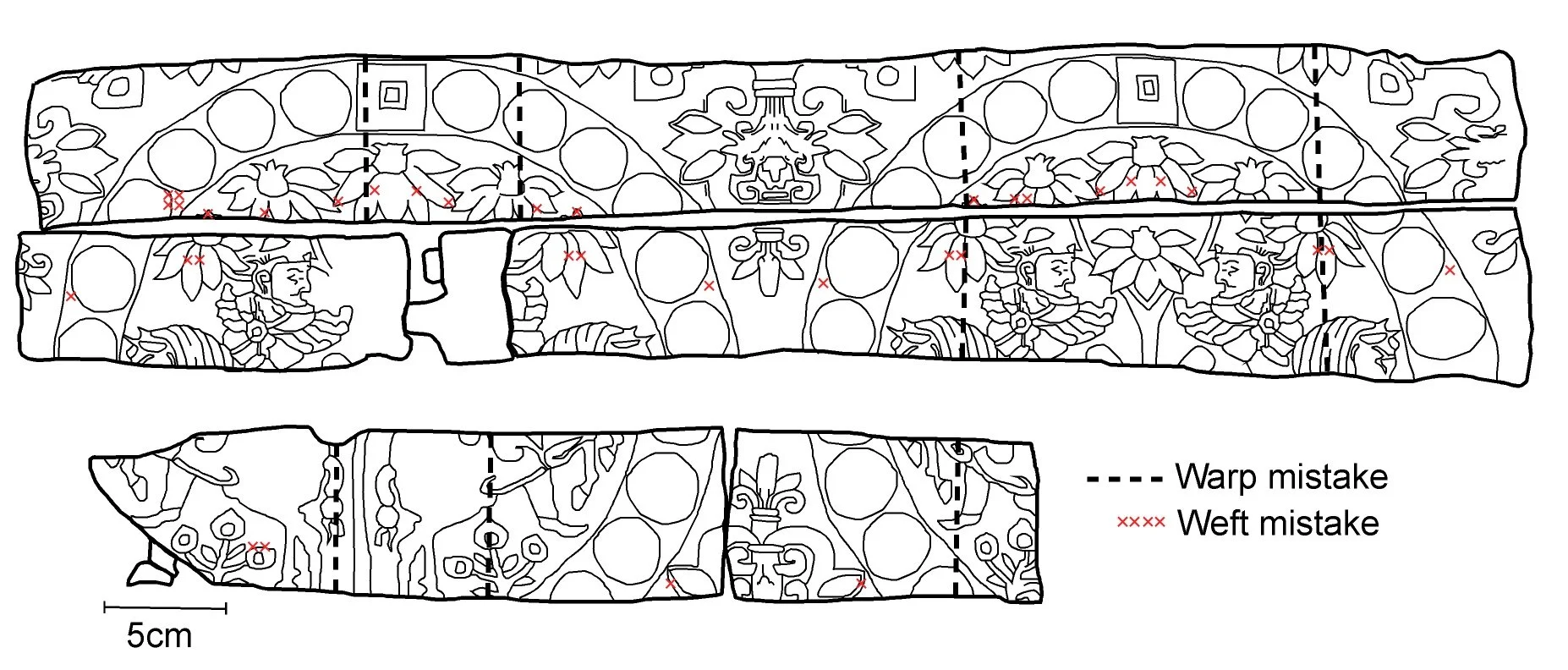
Recto (upper) and verso (lower), Before treatment
Four-colored Samite Fragments
China (Tang Dynasty)
618-907
Abegg-Stiftung
Silk
The silk textile is composed primarily of four figured samite (weft-faced compound twill) fragments, improperly arranged to create two partial medallions. The fragments are adhered together on the verso using fusible interfacing. Smaller samite fragments have been used to fill areas of loss.
The pattern shows two male riders on each side of a central flowering tree in a pearl roundrel. Each rider has a beard and mustache and wears a coat with wing-like shoulders. They and their horses are shown in profile. The central horizontal band of the pattern is missing.
Condition Before Treatment
The textile was in fair condition. The silk fragments remained flexible despite having been adhered together by 10 pieces of using fusible interfacing. The pattern remains highly legible. Dark stains are present but primarily visible on the verso, and a highly damaged area on the central strip has been bleached, likely from burial conditions.
There were scattered areas of white accretions across the textile. Under magnification, these accretions appeared to be small masses of a fine white powder.
Microscopic Cleaning
White accretions were present on and within the textile structure. These were visibly distracting and posed risk of damage to the fibers. They were removed with a low-suction vacuum fitted with a pipette to increase suction and precision. Working under a stereomicroscope, the accretions were disrupted using an entomological pin and vacuumed.
Detail, Before (L) and after (R) accretion removal
Interfacing Removal
The fusible interfacing used to hold the fragments together was removed from the verso using both heat and ethanol. When using heat, a casselli spatula was heated using an iron. Once warm, the spatula could be slid between the textile and interfacing. This was effective in removing the interfacing where the textile was stable without leaving residues. In more fragile and fraying areas, ethanol applied directly to the back of the interfacing was necessary.
Learning from Mistakes
In order to understand how the fragments fit together, it was necessary to not only look at the pattern but to look at the mistakes present in both the warp and weft direction. All warp mistakes should align vertical, while weft mistakes will appear in the same element of the pattern across horizontal registers. By carefully assessing the mistakes, the appropriate orientation of each piece was determined.
Recto (upper) and verso (lower), After treatment
Condition After Treatment
The fragments are in improved aesthetic and structural condition. The accretions and interfacing have been removed, both of which caused chemical and physical condition concerns. The fragments are now arranged in their original configuration, allowing for a more accurate interpretation of the textile.
Images courtesy and copyright of the Abegg-Stiftung




